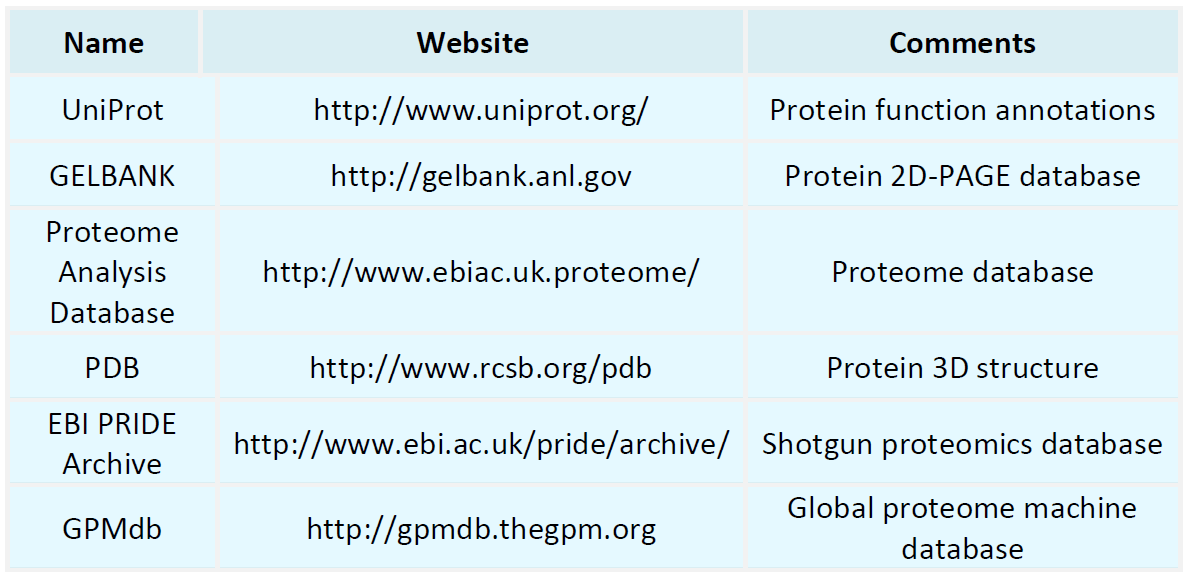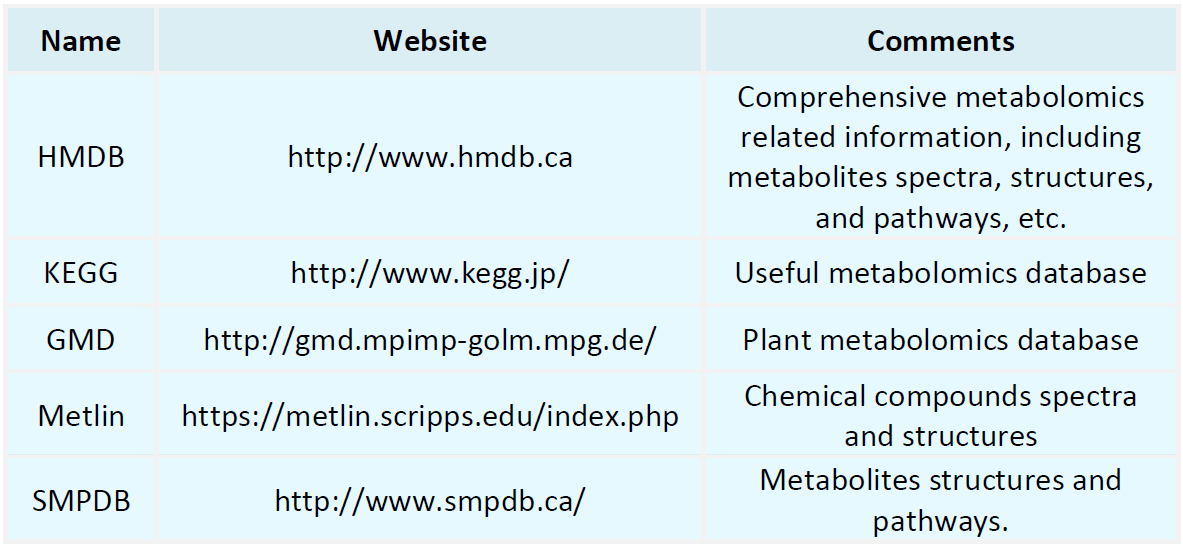Resources
Proteomics Databases

Metabolomics Databases

-
• SILAC-Based Protein-Protein Interaction Analysis Using Mass Spectrometry
Protein-Protein Interactions (PPIs) are a critical area of biological research, essential for almost all cellular processes and functions. Understanding these interactions not only elucidates fundamental biological mechanisms but also identifies potential therapeutic targets for diseases. In recent years, mass spectrometry (MS)-based methods for analyzing PPIs have gained widespread use, particularly when combined with Stable Isotope Labeling by Amino acids in Cell culture (SILAC) technology.
-
• Protein-Protein Interaction Analysis Using Co-IP Coupled with MS
Protein-protein interactions (PPIs) are pivotal in cellular functions, influencing processes such as signal transduction, gene expression, and metabolism. Understanding these interactions is critical for unraveling the complexities of biological systems. Mass spectrometry (MS) has become a leading method for analyzing protein interactions due to its high sensitivity and ability to handle large-scale data.
-
• In Vivo and In Vitro Crosslinking for Protein Interaction Detection
Protein-protein interactions are fundamental to numerous physiological functions in living organisms. To gain deeper insights into these interactions, researchers have developed various experimental techniques aimed at elucidating the relationships between proteins. Among these techniques, in vivo and in vitro cross-linking have emerged as pivotal methods for investigating protein-protein interactions.
-
• Analysis of Protein-Protein Interactions Using GST Pull-Down Assay
Protein-protein interactions (PPIs) are fundamental to various biological processes, including cellular signaling, metabolic regulation, and structural maintenance. Investigating these interactions is crucial for understanding cellular functions and disease mechanisms. The GST Pull-Down Assay, a classical biochemical technique, is widely employed to study the physical interactions between proteins.
-
• Quantitative Protein Interaction Analysis Based on SILAC Combined with Co-IP-MS
Protein-protein interactions are pivotal in biological processes such as signal transduction, metabolic regulation, and gene expression. Understanding these interactions is crucial for revealing the molecular mechanisms of cellular functions and can also identify new therapeutic targets for disease treatment.
-
• Quantitative Analysis of Proteomics Using Isotopic Labeling Methods
Proteomics, the large-scale study of proteins, is a rapidly advancing field that holds the potential to unravel the complexities of biological systems. One crucial aspect of proteomics is quantitative analysis, which involves measuring the abundance of proteins in different biological samples.
-
• Detection of Proteins Using SDS-PAGE
SDS-PAGE (Sodium Dodecyl Sulfate-Polyacrylamide Gel Electrophoresis) is a powerful technique for protein separation. It is widely used in biological research to analyze the composition of protein mixtures, determine the relative molecular mass of proteins, and isolate specific proteins for further study.
-
• Analysis of SDS-PAGE Gel Electrophoresis Results
SDS-PAGE (Sodium Dodecyl Sulfate Polyacrylamide Gel Electrophoresis) is a widely used technique for protein separation and analysis. This method separates proteins based on their molecular weight under an electric field, allowing for quantitative and qualitative analysis.
-
• Detection of Differential Proteins Based on Semi-Quantitative Proteomic Analysis
Proteomics, as a vital tool in modern biology, is extensively employed to elucidate the expression, function, and interactions of proteins within biological systems. Differential protein detection constitutes a crucial component of proteomics research, offering significant insights into biological processes and disease mechanisms by comparing protein expression variations under distinct experimental conditions or biological states.
-
• Detection of Differential Protein Expression Using MS-Based Quantification
In life sciences research, the analysis of protein expression differences is a critical approach to understanding physiological and pathological changes in organisms under varying conditions. Recently, mass spectrometry (MS) has emerged as a widely used technique in this field due to its high-throughput and sensitive capabilities.
How to order?







